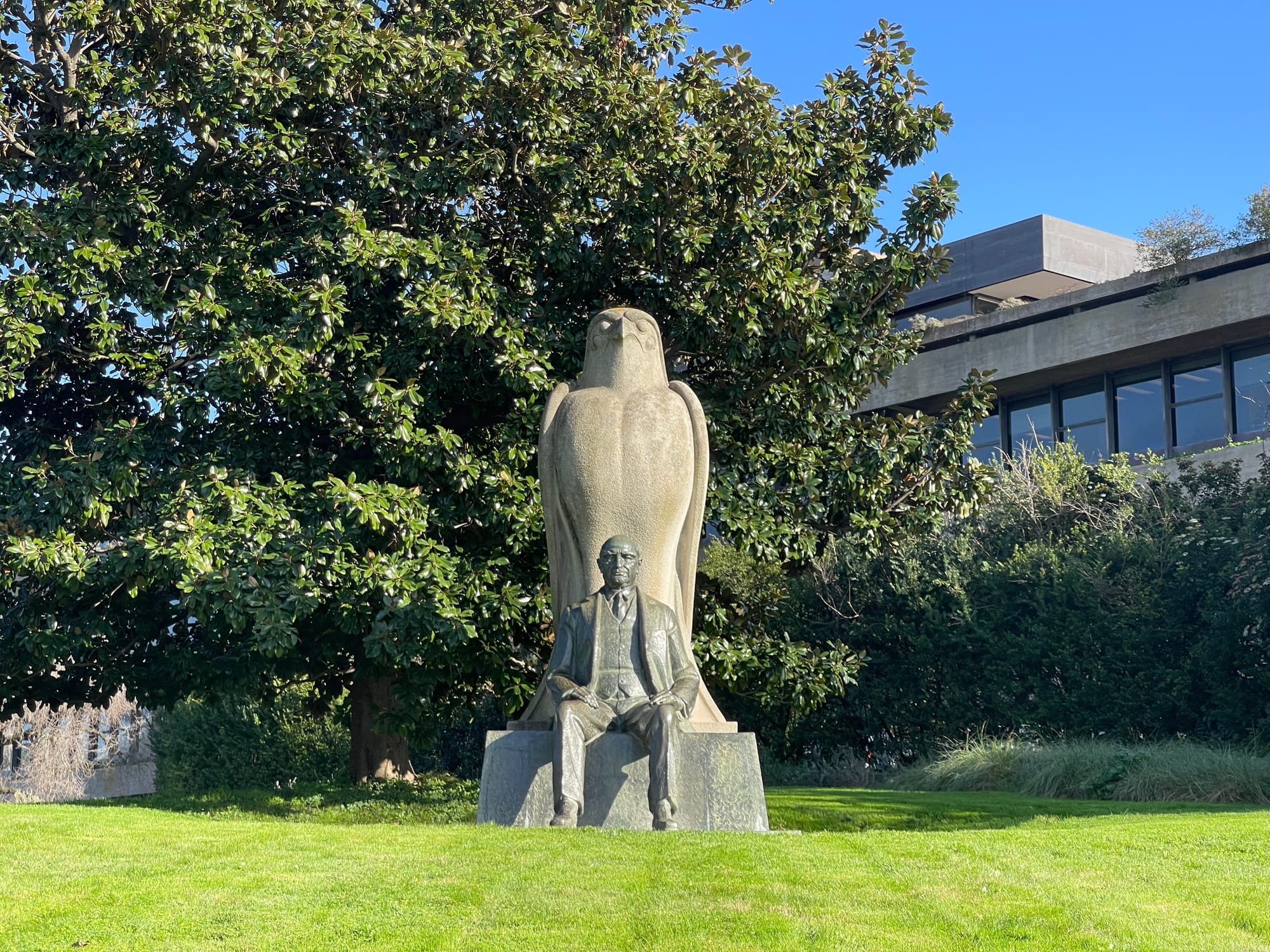Calouste Gulbenkian Museum and Garden

Calouste Gulbenkian, an Armenian businessman, art collector, and philanthropist, who moved to Portugal during the second world war and lived in Lisbon until his death in 1955, established the Calouste Gulbenkian Foundation with the goal of promoting arts, education, and science.
His private impressive collection of art, from ancient to modern times, is displayed in the Calouste Gulbenkian Museum in central Lisbon.
The collection includes:
1. Ancient Egyptian artifacts, such as sculptures, jewelry, and pottery.
2. Greco-Roman art, including sculptures, pottery, and coins.
3. Islamic art featuring ceramics, textiles, and metalwork.
4. European paintings from the 11th to the 20th century, with works by renowned artists such as Rembrandt, Rubens, Monet, and Van Dyck.
5. European decorative arts, including furniture, porcelain, and glassware.
6. Lalique jewelry and glassware showcasing the exquisite craftsmanship of René Lalique.
7. Eastern art, including Chinese porcelain, Japanese screens, and Persian carpets.
The museum's architecture smoothly integrates with its surrounding garden, creating a harmonious connection with nature.
Designed by architects Ruy Jervis d'Athouguia, Pedro Cid, and Alberto Pessoa The museum features a modernist style with clean lines and ample use of natural light, allowing the visitors inside the museum to feel part of the outdoors whilst admiring the beauty of the rich and varied collection that provides insight into the artistic and cultural heritage of different civilizations throughout history.


